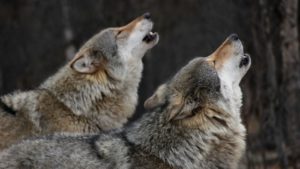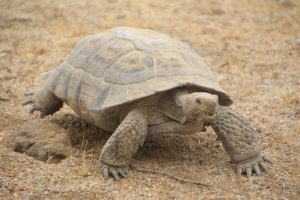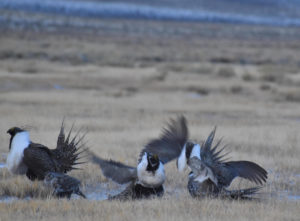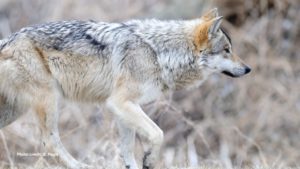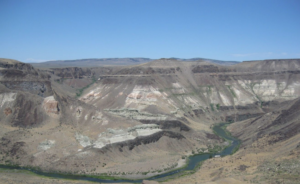The OI would allow large-scale manipulations of vegetation – including inside the wilderness – and remove mature and old-growth western juniper, then re-seed with non-native species after wild fire or fire treatment. The OI agreement professes to restore lands “to their natural condition” by introducing fire to the ecosystem. Yet the proposal does not address the fact that livestock grazing is a major and continuing cause of altered fire cycles, understory loss, and juniper expansion, or that burned and grazed juniper sites in the Owyhees are being invaded by non-native grasses.
In some areas, soil erosion, depletion of the understory, and other grazing-related impacts have so altered site characteristics that they are now dominated by juniper. While western juniper communities are critical habitats for many species of native wildlife in the Owyhees, the OI proposes that, with the exception of a few study sites, “all remaining areas of juniper woodland occupying other habitat types both within and outside of designated wilderness will be considered for treatment and restoration of native habitat” (Appendix A, Juniper Management).
Magnificent ancient, even pre-Columbian, junipers are found on the flanks of Juniper Mountain. There, four WSAs – the labyrinthine canyons of Squaw Creek Canyon, and the Middle Fork Owyhee River, Big Willow Spring, and Red Canyon WSAs – are slated for release.
Following OI “treatments,” exotic plant species may be planted, including inside Wilderness (Appendix A, Wilderness Wildfire Management and Restoration).

